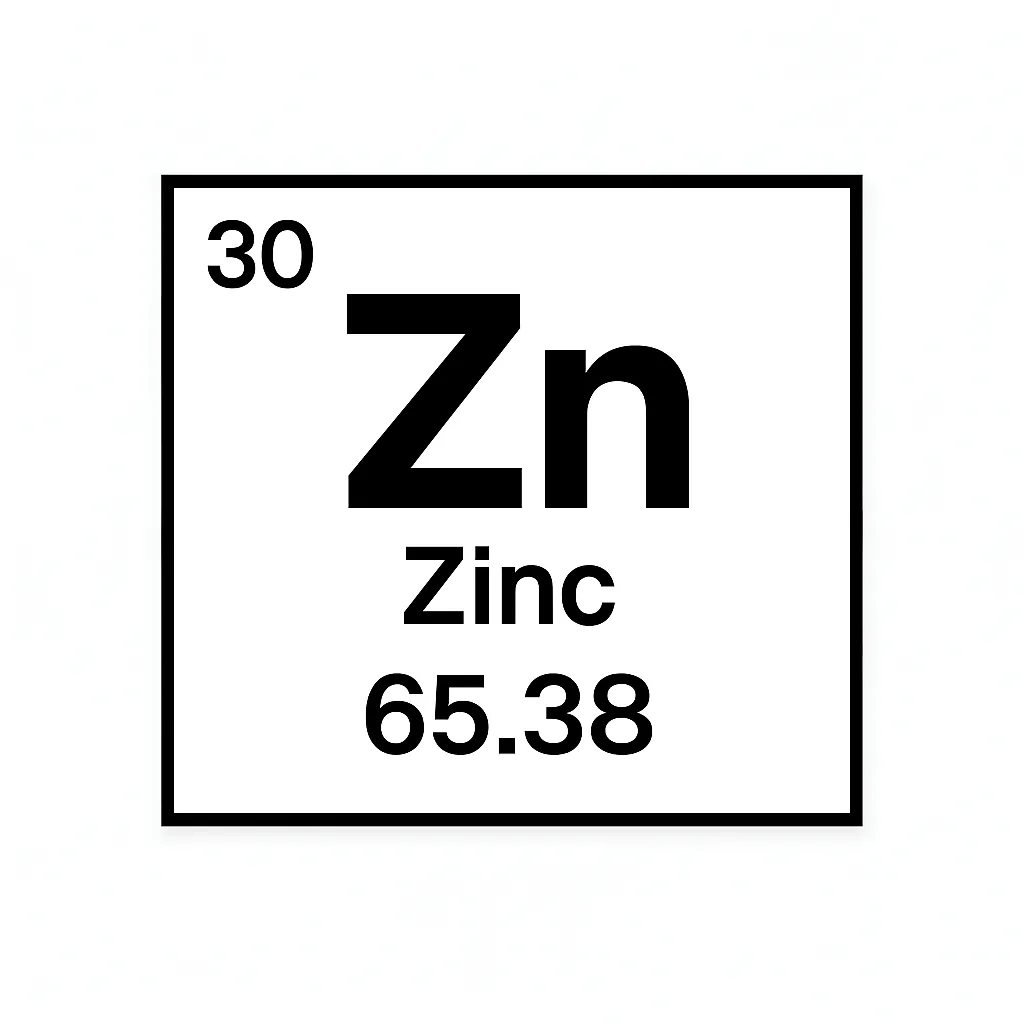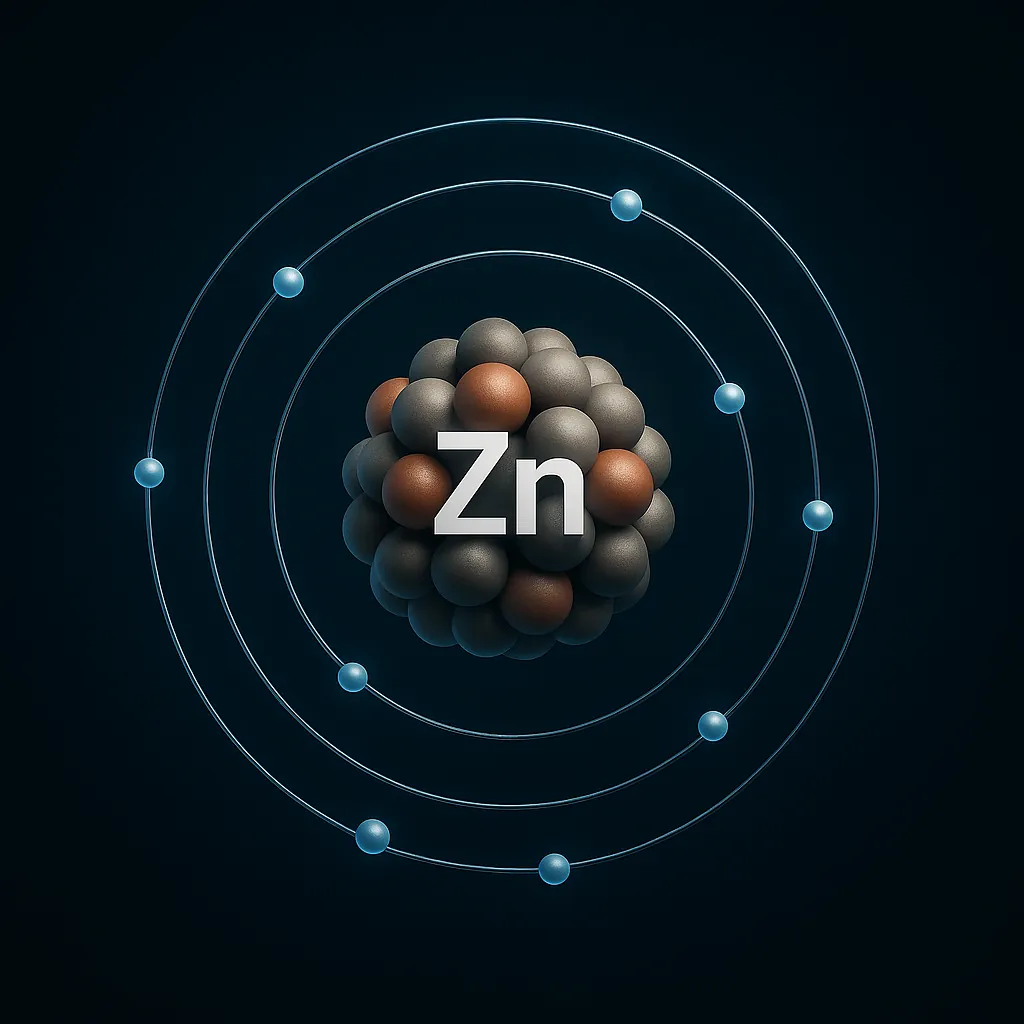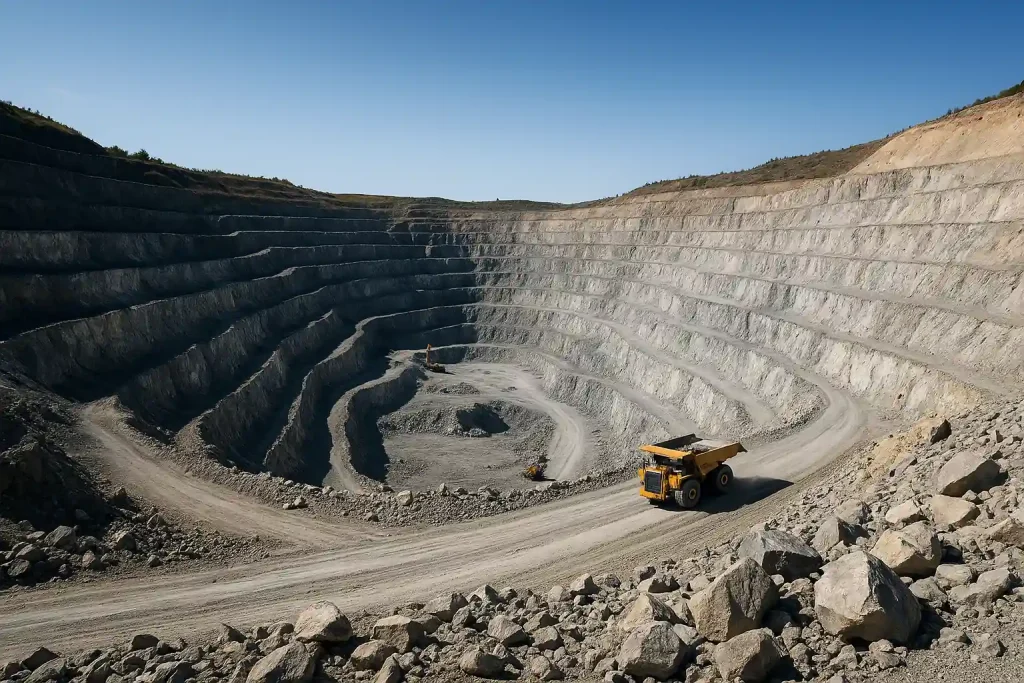Introduction
The zinc element, with atomic number 30, holds a key spot in the periodic table. It sits in group 12, period 4, among transition metals. Known for its bluish-silver appearance, it has been used for centuries. Ancient societies valued its properties before its formal discovery. For instance, zinc element alloys appeared in artifacts from 1000 BCE. Today, it plays a major role in industries and health. This article explores its history, traits, uses, and impact.
Zinc’s importance stems from its unique features. It resists corrosion and forms protective coatings, thus making it ideal for many applications. Early humans mixed it with copper to create brass, a durable alloy. Its role in biology is vital, supporting enzymes and immunity. Therefore, zinc is essential in both nature and technology. This journey begins with its historical roots.
Moreover, zinc’s story spans cultures and scientific advancements. From ancient metallurgy to modern medicine, its contributions are vast. This article will trace its significance over time. It starts with how early societies utilized this metal. As a result, let us dive into its historical significance.

Historical Significance
The zinc element has a rich history dating back thousands of years. Ancient Romans used it in brass production as early as 200 BCE. They heated zinc ores with copper to craft tools and ornaments, thus shaping early industries. Archaeological finds in India show zinc smelting from the 9th century. For example, the Zawar mines in Rajasthan were key production sites. These early methods highlight zinc element’s ancient value.
By the 14th century, India became a major zinc producer, exporting to Europe. Meanwhile, European scientists formally isolated it in 1746, with credit to Andreas Marggraf. He distilled zinc from calamine ore, marking its official discovery. This breakthrough fueled further study of the zinc element. Consequently, its use in metallurgy grew across the continent.
Furthermore, zinc’s historical role extended to health discoveries. In the 19th century, researchers noted its importance in diets. They found it in grains and meats, thus linking it to growth and healing. This marked a shift in understanding its biological role. Hence, zinc’s history bridges ancient crafts and modern science.

Physical and Chemical Properties
Zinc is known for its bluish-silver color and shiny surface. It has a melting point of 419.5°C and a boiling point of 907°C. Its density is 7.14 g/cm³, making it relatively light for a metal. Zinc is also quite ductile, so it can be drawn into thin wires. These traits make it versatile for various uses. Additionally, it has a hexagonal crystal structure.
Chemically, zinc resists corrosion by forming a protective oxide layer. This protective zinc layer, often called a patina, prevents further decay. It reacts with acids to produce hydrogen gas, yet it’s stable in water. It also forms compounds like zinc oxide, widely used in products. For instance, zinc oxide appears in sunscreens and paints. Thus, its chemical stability is a key feature.
Moreover, zinc conducts electricity, though not as well as copper. It has 30 electrons, with two in its outer shell, explaining its reactivity. This makes it ideal for galvanizing steel. Its properties support both industrial and biological roles. As a result, zinc’s traits are well-studied in science.

Industrial Applications
Zinc usage is widespread in modern industries, especially in galvanization. About 50% of zinc production coats steel to prevent rust. This process, called galvanizing, extends the life of structures like bridges. For example, galvanized steel is common in construction and automotive parts. It ensures durability in harsh conditions. Thus, zinc’s protective role is crucial.
Additionally, zinc alloys like brass are popular in manufacturing. Brass, a mix of zinc and copper, is used for fittings and musical instruments. It’s strong and resistant to wear, so it suits many purposes. Zinc also appears in die-casting for small machine parts. For instance, it’s found in toys and electronics. Consequently, its versatility drives industrial demand.
Furthermore, zinc plays a role in chemical industries. Zinc oxide is a key ingredient in rubber production and ceramics. It also acts as a catalyst in some reactions. Annual global zinc production exceeds 13 million tons. This reflects its economic importance. Hence, zinc’s industrial applications are vast and varied.

Environmental Impact
Zinc mining impacts the environment in several ways. Extracting zinc from ores disrupts landscapes and ecosystems. Open-pit mines, for example, remove vegetation and topsoil. This leads to habitat loss in regions like Australia. Moreover, acid mine drainage pollutes rivers with heavy metals. Thus, mining poses significant ecological challenges.
However, zinc recycling helps reduce these effects. About 30% of zinc used today comes from recycled sources. Recycling saves energy compared to mining, and therefore, it lowers emissions. Programs in Europe lead in zinc recovery efforts. Yet, waste from processing still harms soil and water. As a result, sustainable practices are increasingly important.
Additionally, zinc is essential in small amounts for life, but excess can be toxic. High levels in water affect aquatic species like fish. In humans, too much zinc causes health issues, so balance is key. Regulations aim to control zinc emissions from industries. Consequently, zinc requires careful environmental management.

Leave a Reply